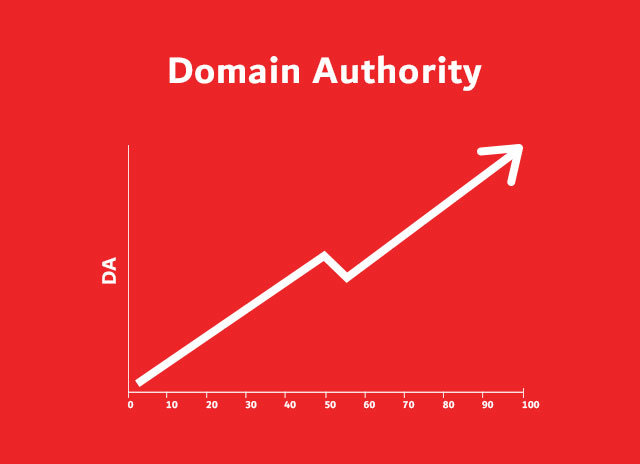Monetary Value of an Influencers Post
When engaging in a social media campaign a critical element is determining how much you are willing to pay for a given post. Attempting to determine the value of each post before it goes live is an exercise in futility. Even if you exert full creative control you cannot guess accurately whether or not the post you’re making will be a hit or a dud. Due to the nature of influencer marketing, the value of a given post will fluctuate greatly due to factors beyond your control.
However, that doesn’t mean that you cannot determine an average. While not every post is going to carry the same value, an influencer marketing campaign is a long-term strategy. By figuring out the averages, you can roughly determine the value of a post, and from there determine what you should be paying per post. Over time, some posts will excel, and others will flop, but everything will average out to a positive return. The question is, how do you go about calculating this average? The following tips will help you determine the average value of an influencer’s social media post.
Look for Longer Running Accounts
In order to establish a good average, focus your attention on accounts that have been around for a while. Several months to a year at least depending on how often the account has existed is a good way to get a reasonable sample size. Long running accounts also have the advantage of having enough data to spot trends, allowing you to make a reasonable guess about what the future of the account is going to hold.
While it might be tempting to score a deal with an influencer who has had runaway and unprecedented success, it is best to hedge your bets until they’ve had a chance to grow. The influencer might not actually understand how they managed to gain so many views so quickly, giving them a chance to settle into your niche will help keep you from making a bad investment.
Pull Data from Older Posts
Do not look at the last three posts from an influencer, and instead look at what they’ve managed with older posts. Fresh content is still circulating and could go viral, while older content has had a chance to circulate through news feeds and social media alerts and has gathered all the views it is likely to gather. These older posts can provide the best data on how much engagement that post will get over its lifetime.
Filter Out Flukes
Note that since we’re dealing with averages, it is important to filter out fluke posts – the kind of posts that go viral but whose success is never again replicated by the influencer. If somebody posts a YouTube video that scores a million hits but they only have 25k subscribers and just about all of their other videos average about 30 – 40k views then that highly viewed video should be treated as a fluke and not the norm. If you’re not sure if a post is a fluke, compare the averages you get including it in the data and without it in the data. If the difference is enough to completely change your decision to deal with that influencer, then go with the lower numbers.
Run the Averages
Once you’ve done all the necessary filtering, it’s just a matter of running what’s left. Basic math to find out the average views per post, the average engagement per post, and more information that will tell you everything you need to know about what that influencer can do and what they’re worth to you. Third party platforms such as Neoreach are excellent for helping you find some of the best influencers in your niche, allowing you to compare them and determine who is the best fit for your brand and who is most likely to net a positive return on investment.




